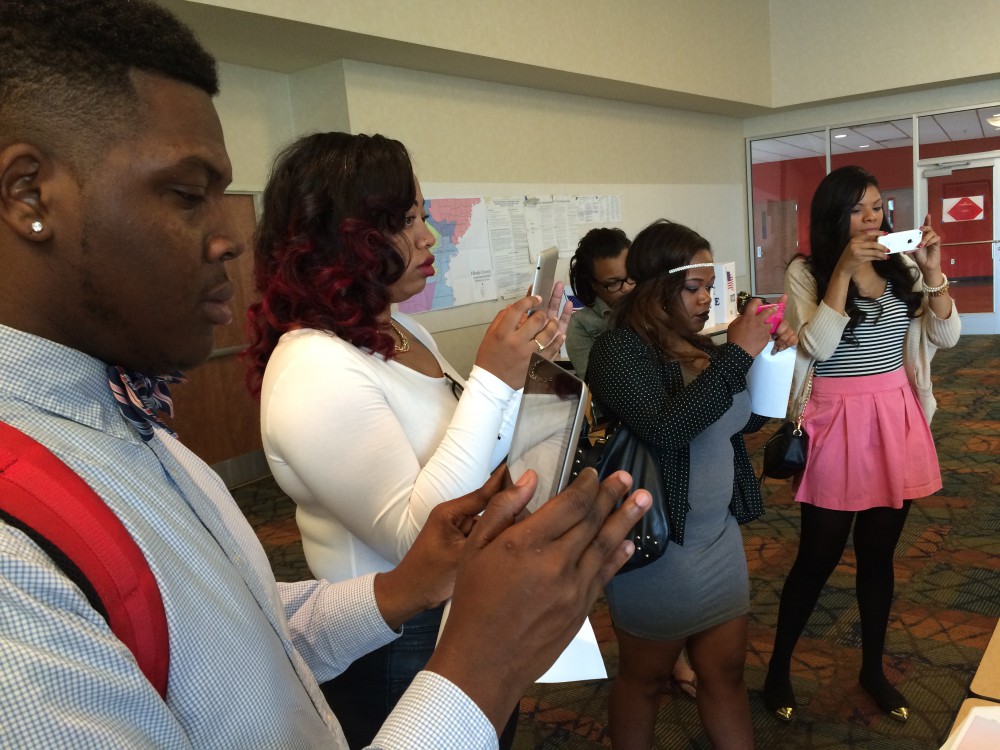- Discuss in detail at least two (2) videos you watched during the tutorial that raised your awareness on differentiating between news, opinion, propaganda, advertising, publicity, entertainment and unfiltered information.
- Include who the reporter and the interviewees were for each story and what the story was about.
- What were some of the deconstruction principles discussed in the tutorial in terms of assessing whether a television news report is reliable?
- What tips, if any did you receive on how you as a viewer can determine whether a television news report is fair?
Don’t forget to send the course report. And Thursday you will have a quiz on this assignment. Check the 2/24 11:35a.m. MC409 email for details..


There is a lot more that goes into watching the news as a viewer than I thought. There are several different types of news stories such as breaking news, propaganda entertainment etc. The two videos I watched were CNN with Wolf Blitzer and My Fox New York.
The CNN video was a breaking news story that was strictly about informing the public about important information that affected them. This breaking news was about a computer worm “Zotob” that was infecting machines running windows in 2005. Breaking news stories usually use sound effects, live video, graphics and teases to appear urgent to viewers.
The second story was about a fraudulent website called http://www.stylerunway.com that was selling knock off designer merchandise.This video used popular music, great graphics, sound effects and compelling video to appear entertaining and keep viewers attention.
The tutorial also talked about deconstruction principles used to assess whether a news report is reliable. To do this one should know their news neighborhood. To deconstruct a news report consumers should evaluate information, sources, evidence, and reporting criteria. Good news stories will have verified information, sources, evidence, independence and accountability. When viewing the news you should ask yourself can you identify the main points of the story, the introduction and lead support the story, and were the key questions who, what, when, where and why answered?
The first video I watched was the one with the student from Ohio who was trying to raise awareness for student s carry concealed weapons to help protect themselves against gunman. Ohio is one eight states considering allow its students to carry concealed weapons on campus. Micheal Flitcraft was the interviewee and Kelli Arena was the reporter for this video. The second video I watched was about the two-year-old baby that died while trying to get revived. The man accused of killing the two-year-old child was a ex-con, the relationship to the child was unknown. This report was unfair because in the interview did not have a statement from law enforcement or an medical examiner. It just had an interview from an emotional mother who was upset because she felt her son was already guilty because he was an ex-con.
2. What I learned from the tutorials?
I learned a lot through out this tutorial. Television broadcasts are more time-constrained, linear, and is always competing. I learned some of the pros and cons of TV news and the steps in order to get air time on camera. Also, TV/news providers were discussed.
News Story:
#1 Reporter- Kelli Arena
Interviewees- Michael Flitcraft, Ron Holt, Gene Ferrara
Summary of story- The gist of this story is to allow students to carry concealed weapons on campus even though they have a permit. Some universities allow it so far with restrictions. Not all students are convinced for allowing this at the University of Cincinnati, but colleges are known to be some of the safest places despite the college shootings. (CNN)
#2 Reporter- Seth Doane
Interviewees- Bernadine Wallace, Barry Dyller, and Flo Wallace
Summary of story- The gist of the story is two judges being taken to jail for fraud charges in kickbacks from sending children to juvenile detention centers as minor charges. It was shipped to private facilities. It was a big money scam with two judges. (CBS)
These two news stories differ from opinion, propaganda, advertising, publicity, entertainment and unfiltered information because the new is made to be personal, could be entertaining, looked good, the story is usually “owned”, is short, attention grabber, and shows some urgency!
3. Some of the deconstruction principles discussed in the tutorial in terms of assessing whether a television news report is reliable are: information, evidence, sources, and reporting criteria.
4. Some of the tips that I received as me as a viewer can determine whether a television news report is fair are: if the news is fake or not, verification, independence, and accountability.
The first story I watched was under the section : MAKE IT FEEL URGENT
The reporter was not listed but the interviewee was Ali Velshi. The story was basically about a virus that was being spread throughout many Pc’s. Also, it talked about the awareness of the virus and it’s affect. It also showed Microsoft’s response to the virus and their plan to fix it. This was a urgent breaking news story for CNN because it affected the masses.
The second story I watched was reported by Steve Hartman and the interviewee was Jason McElwain and his father. The story was about an autistic kid who was a team’s manager. He was dedicated to the team and had been for years. His coach saw this dedication and allowed him to suit up their final game. With four minutes left in the game, his coach played him and he scored 20 points. This particular story was news because it was timeliness, unusual, and it was a human interest type story.
There are several ways to determine is a news report is reliable. One of those ways that stuck out to me was the word independence. That just means does the station or report have some kind of special interest when reporting this story; is there a gain. Also, the reputation of the reporter and station can help determine if a story is reliable. For example, to explain it in recent events, if Brian Williams were to report a story right now, the audience would question the story’s reliability due to the loss of Williams credibility.
When determining fairness, you have to know the history of that station or network as well as the reporter. Also, knowing the credibility of the sources and the criteria for reporting a story at that station or network can help.
I learned about the different types of stories that are told and how they are told. It really kind of showed me how the media influences the lives of Americans. I was really intrigued with the activity on watching the video and place what type of story it is and how it is used.